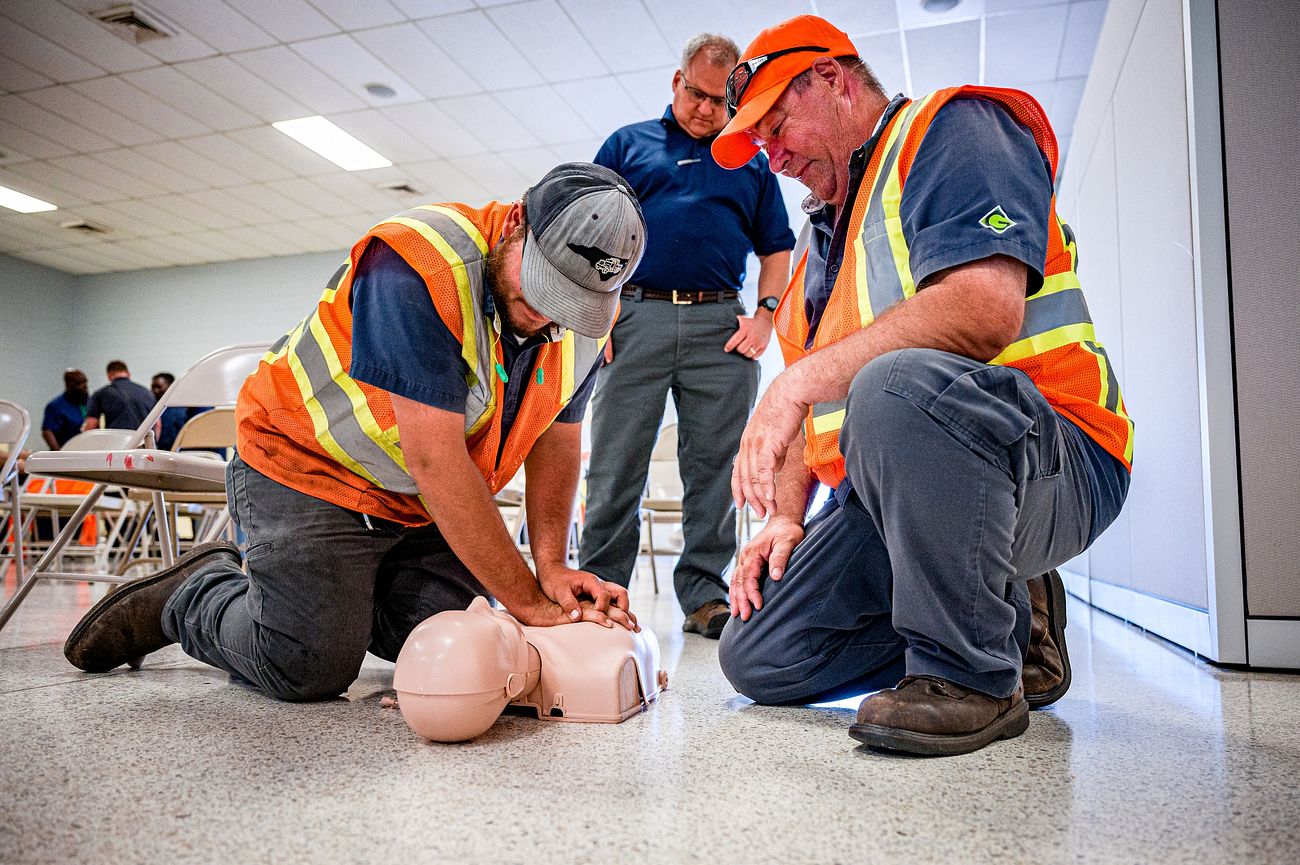
First Aid Training: Your Path to Saving Lives
Introduction
First aid training is a vital skill that can make a significant difference in emergencies. Whether you’re at home, work, or out in the community, knowing how to provide basic first aid can save lives. In this article, we’ll explore the importance of first aid training, what it covers, where you can get trained, and its various applications.
The Importance of First Aid Training
Accidents can happen anytime, anywhere. Having the knowledge and skills to administer first aid can be the difference between life and death. First aid training equips individuals with the ability to assess and respond to a wide range of medical emergencies promptly. It empowers you to be a first responder when someone needs help, ensuring that appropriate care is provided until professional medical assistance arrives.
What Does First Aid Training Cover?
First aid training encompasses a diverse set of skills, including CPR (Cardiopulmonary Resuscitation), wound care, fracture management, and handling burns, among others. Participants learn how to recognize signs of distress and respond effectively. The training also emphasizes the importance of keeping calm under pressure, which is essential when providing aid in stressful situations.
Where Can You Get First Aid Training?
First aid training is widely available through certified organizations, including the American Red Cross and St. John Ambulance. These organizations offer courses tailored to various needs, from basic first aid to advanced life support. Many local community centers and hospitals also provide training programs. Additionally, online platforms offer convenient options for learning first aid at your own pace.
First Aid Training for Workplace Safety
Many workplaces require employees to undergo first aid training to ensure a safe working environment. Training programs specific to workplaces address common injuries and illnesses that can occur on the job. Employees learn how to use first aid kits, respond to workplace accidents, and support colleagues in distress.
First Aid Training for Parents and Caregivers
Parents and caregivers benefit greatly from first aid training. Knowing how to respond to childhood injuries, choking incidents, and sudden illnesses can be invaluable in ensuring a child’s well-being. First aid training for parents covers topics like child CPR, choking relief, and recognizing pediatric emergencies.
First Aid Training for Sports Enthusiasts
Sports enthusiasts, coaches, and athletes can also benefit from first aid training. In the world of sports, injuries are common, and immediate response is crucial. Learning how to manage sports-related injuries, such as sprains, fractures, and concussions, can help prevent long-term damage and support a faster recovery.
The Benefits of Online First Aid Training
Online first aid training has gained popularity due to its flexibility and accessibility. These programs offer interactive modules, instructional videos, and quizzes to test your knowledge. Online courses provide a convenient way to learn at your own pace, making first aid education more accessible to a broader audience.
First Aid Training Certification
Upon completing a first aid training program, participants receive certification. This certification serves as evidence of your competence in administering first aid. It’s a valuable addition to your resume and can be a requirement for certain jobs, such as lifeguards, teachers, and healthcare professionals.
What to Expect During First Aid Training
First aid training typically consists of both theoretical and practical components. Instructors explain concepts, demonstrate techniques, and provide opportunities for hands-on practice. Expect to learn how to handle various medical emergencies, use first aid supplies, and work as part of a team in simulated scenarios.
Real-Life Scenarios: Applying First Aid Knowledge
The true test of first aid training comes when you encounter a real-life emergency. The knowledge and skills acquired during training will empower you to take swift, effective action. Whether it’s providing CPR to a heart attack victim or stopping severe bleeding, your training will enable you to make a difference in someone’s life.
Occupational Health and Safety (OHS) Training
Types of Workplace Health and Safety Training
Top 10 Workplace Safety Training
Frequently Asked Questions (FAQs)
1. How long does first aid training certification last?
- Most certifications are valid for two to three years, after which you’ll need to renew your training.
2. Can I perform first aid without certification?
- While anyone can provide assistance in an emergency, certification ensures you have the proper training and knowledge to do so effectively.
3. Are there age restrictions for first aid training?
- Many courses have a minimum age requirement, typically around 16 years old, but this can vary.
4. What is the Good Samaritan law, and how does it protect first aid providers?
- The Good Samaritan law protects individuals who provide reasonable assistance in an emergency from legal liability.
5. Is first aid training only for adults, or are there courses for children too?
- There are specialized first aid courses for both adults and children, catering to different needs.
Conclusion
First aid training is not just a valuable skill; it’s a responsibility we all share. Being prepared to help in emergencies can make our communities safer and more resilient. Whether you’re a parent, a caregiver, an employee, or simply a concerned citizen, consider taking a first aid training course. It’s a small step that can have a big impact on saving lives.
























